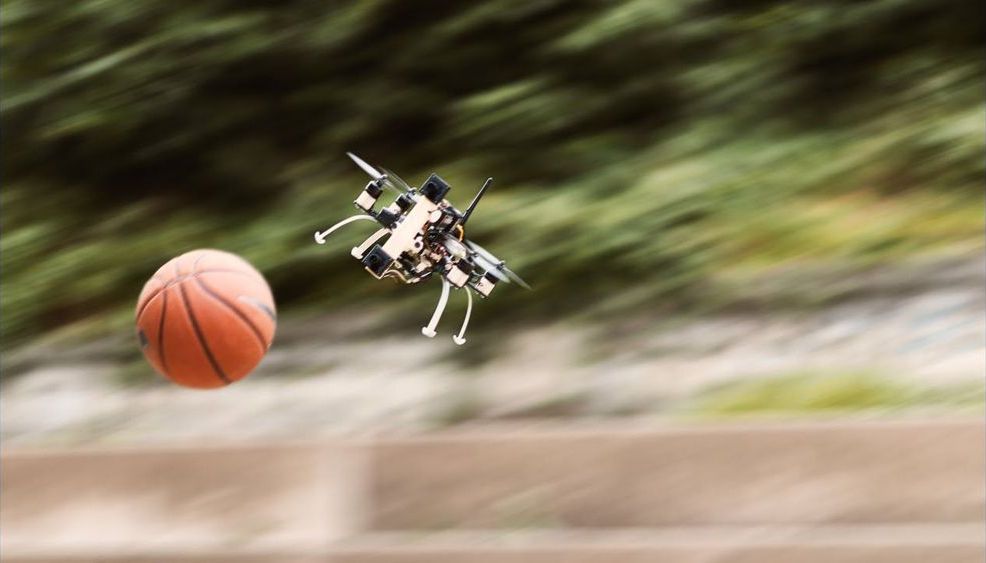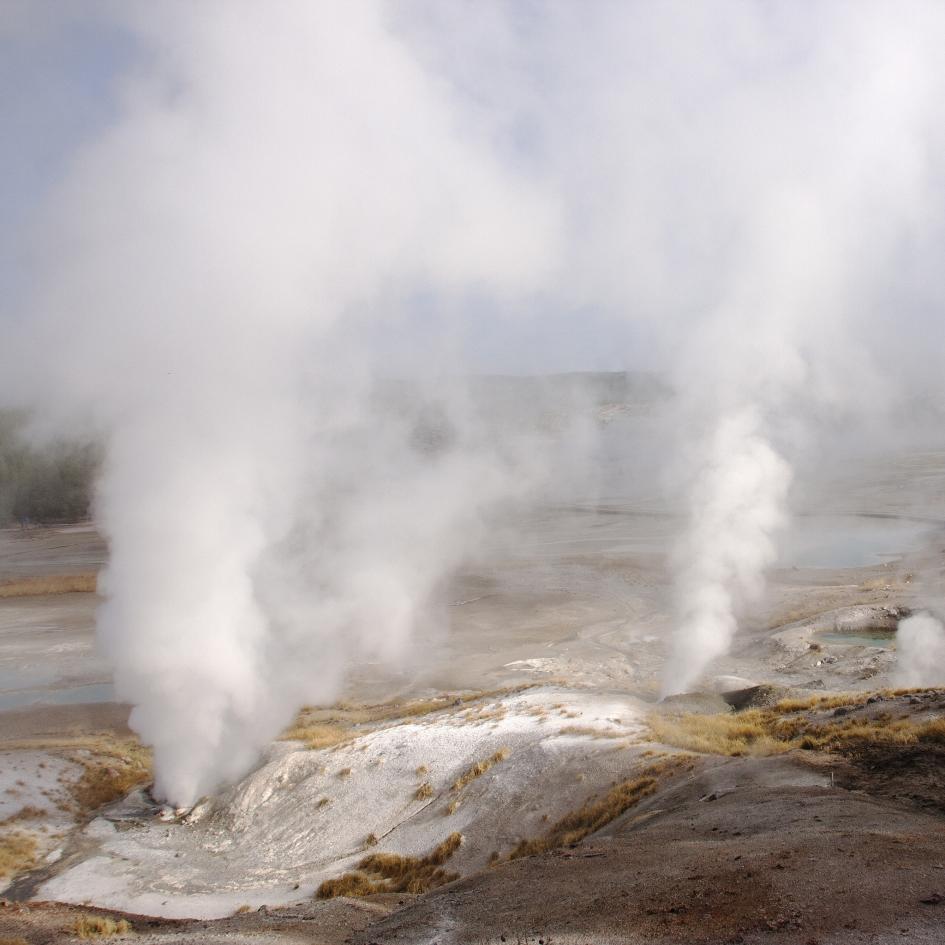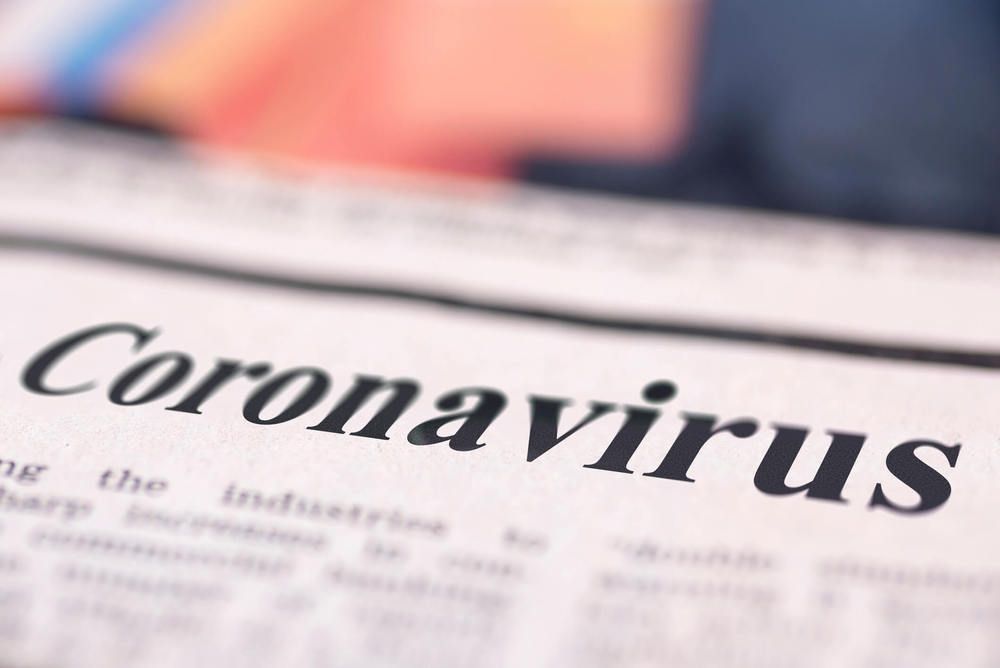A sailor aboard a U.S. Navy ship has returned “presumptive positive” test results for coronavirus, in what is the first instance of a coronavirus case for a sailor aboard one of the service’s ships.
After a prolonged winter, artificial intelligence is experiencing a scorching summer mainly thanks to advances in deep learning and artificial neural networks. To be more precise, the renewed interest in deep learning is largely due to the success of convolutional neural networks (CNNs), a neural network structure that is especially good at dealing with visual data.
But what if I told you that CNNs are fundamentally flawed? That was what Geoffrey Hinton, one of the pioneers of deep learning, talked about in his keynote speech at the AAAI conference, one of the main yearly AI conferences.
Kimberlite rock samples are a mainstay of diamond exploration. Formed millions of years ago at depths of 150 to 400 kilometres, kimberlites are brought to the surface by geological and chemical forces. Sometimes, the igneous rocks carry diamonds embedded within them.
“For researchers, kimberlites are subterranean rockets that pick up passengers on their way to the surface,” explains University of British Columbia geologist Maya Kopylova. “The passengers are solid chunks of wall rocks that carry a wealth of details on conditions far beneath the surface of our planet over time.”
But when Kopylova and colleagues began analyzing samples from a De Beers Chidliak Kimberlite Province property in southern Baffin Island, it became clear the wall rocks were very special. They bore a mineral signature that matched other portions of the North Atlantic craton—an ancient part of Earth’s continental crust that stretches from Scotland to Labrador.
Two retired professors are sharing the mathematics version of the Nobel Prize for their lifelong contributions to the changing nature of math in the computing age. Both Hillel Furstenberg and Gregory Margulis spent decades applying ideas from probability theory to different kinds of discrete mathematics in order to shake loose new ways to solve seemingly intractable problems. The Abel Prize, awarded since just 2003, honors career mathematical accomplishments with a prize of about $700,000.
Wait—there’s not a Nobel Prize for mathematics? It’s true, and although you may have heard a lascivious story to explain why, no one really knows for sure.
Obstacle avoidance is a crucial piece of technology for drones, but commercially-available systems just aren’t fast enough for some situations. Now, engineers at the University of Zurich have developed a new system that gives drones such fast reflexes that they can play – and win at – dodgeball.
According to the researchers, most current obstacle avoidance systems take about 20 to 40 milliseconds to process changes in their surroundings. That’s fine for a drone gently approaching a building and finding its way inside, but it’s no match for fast-moving obstacles like birds or other drones. That makes navigation a problem in certain situations, like when there are a lot of drones together or in dynamic environments like disaster zones, or when a drone just needs to move fast.
So for the new study, the researchers kitted out a quadcopter drone with cameras specially designed to detect fast movement, as well as new algorithms that made them even faster. This cut the reaction time down to just 3.5 milliseconds.
An injection of magma under Norris Geyser Basin may be why the region is five inches higher today than it was 20 years ago.
STAT1-deficient mice are more susceptible to infection with severe acute respiratory syndrome coronavirus (SARS-CoV) than type I interferon (IFN) receptor-deficient mice. We used mice lacking functional receptors for both type I and type III IFN (double knockout, dKO) to evaluate the possibility that type III IFN plays a decisive role in SARS-CoV protection. We found that viral peak titres in lungs of dKO and STAT1-deficient mice were similar, but significantly higher than in wild-type mice. The kinetics of viral clearance from the lung were also comparable in dKO and STAT1-deficient mice. Surprisingly, however, infected dKO mice remained healthy, whereas infected STAT1-deficient mice developed liver pathology and eventually succumbed to neurological disease. Our data suggest that the failure of STAT1-deficient mice to control initial SARS-CoV replication efficiently in the lung is due to impaired type I and type III IFN signalling, whereas the failure to control subsequent systemic viral spread is due to unrelated defects in STAT1-deficient mice.
Seeking a shortcut to treatment for the novel coronavirus pandemic, Sanofi and Regeneron spied promising results in severe patients with their shared arthritis med Kevzara. Now, they’re hustling the med into immediate clinical trials to put that promise to the test.
Sanofi and Regeneron are ready to enroll a phase 2/3 clinical program studying arthritis med Kevzara as a therapy for patients hospitalized with severe COVID-19, Sanofi said Monday.
In a two-part U.S. arm of the Kevzara program, the drugmakers will evaluate the drug as an add-on to supportive care in around 400 patients across 16 states. The first segment of the trial will study Kevzara’s impact on fever and patients’ need for supplemental oxygen while a second segment will focus on longer-term outcomes, including preventing death and cutting the need for supportive care such as mechanical ventilation, supplemental oxygen and/or hospitalization, the partners said.
Josie Golding, Ph.D., who is the epidemics lead at the Wellcome Trust, a research charity based in London, United Kingdom, did not participate in the study but comments on its significance.
She says the findings are “crucially important to bring an evidence-based view to the rumors that have been circulating about the origins of the virus (SARS-CoV-2) causing COVID-19.”
“[The authors] conclude that the virus is the product of natural evolution,” Goulding adds, “ending any speculation about deliberate genetic engineering.”
Bulky, buzzing and beeping hospital rooms demonstrate that monitoring a patient’s health status is an invasive and uncomfortable process, at best, and a dangerous process, at worst. Penn State researchers want to change that and make biosensors that could make health monitoring less bulky, more accurate—and much safer.
The key would be making sensors that are so stretchable and flexible that they can easily integrate with the human body’s complex, changing contours, said Larry Cheng, the Dorothy Quiggle Professor in Engineering and an affiliate of the Institute for Computational and Data Sciences. His lab is making progress on designing sensors that can do just that.
If biosensors that are both energy efficient and stretchable can be achieved at scale, the researchers suggest that engineers can pursue—and, in some cases, are already pursuing—a range of options for sensors that can be worn on the body, or even placed inside the body. The payoff would be smarter, more effective and more personalized medical treatment and improved health decision-making—without a lot of bulky, buzzing and beeping pieces of monitoring equipment.









